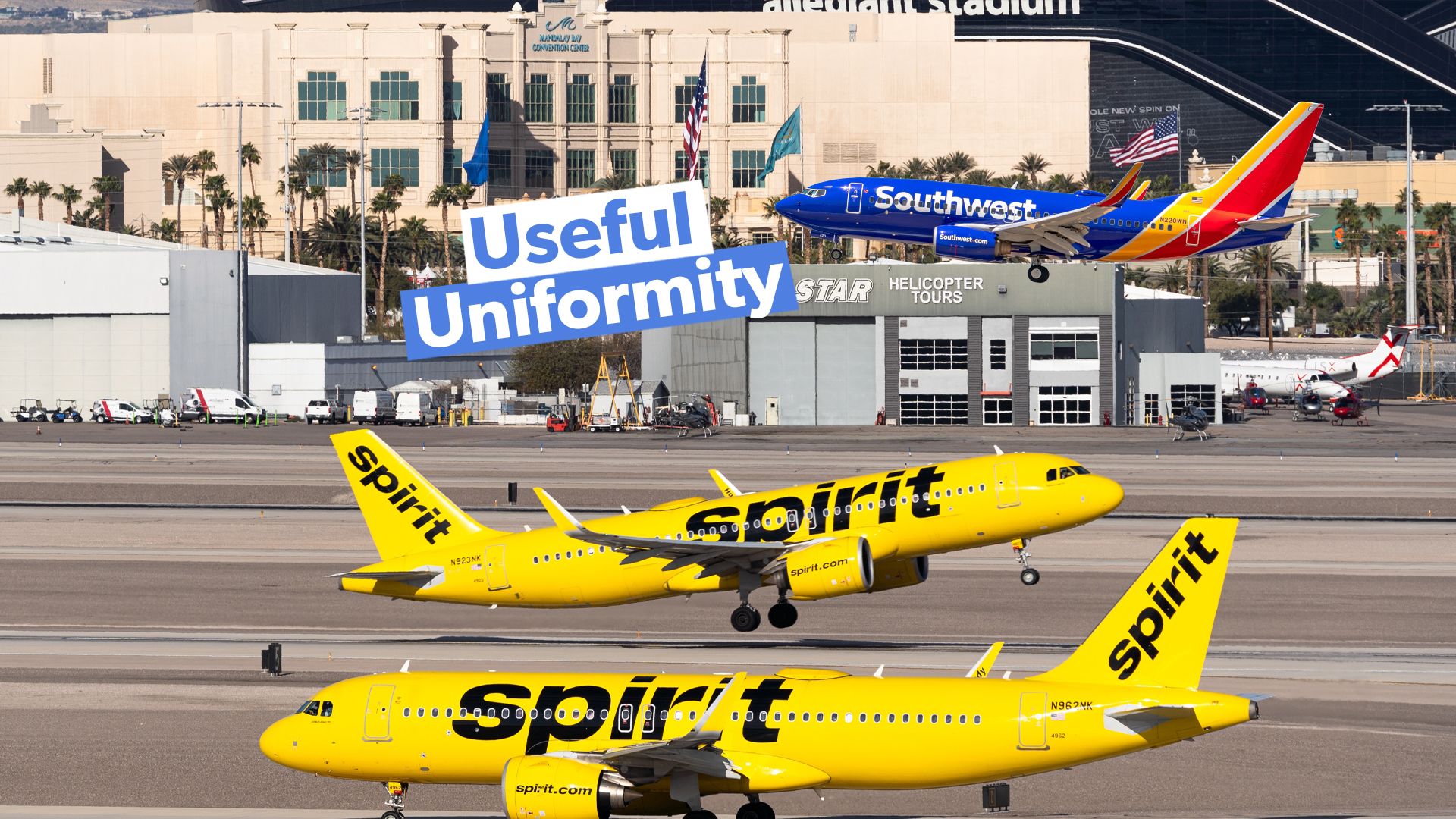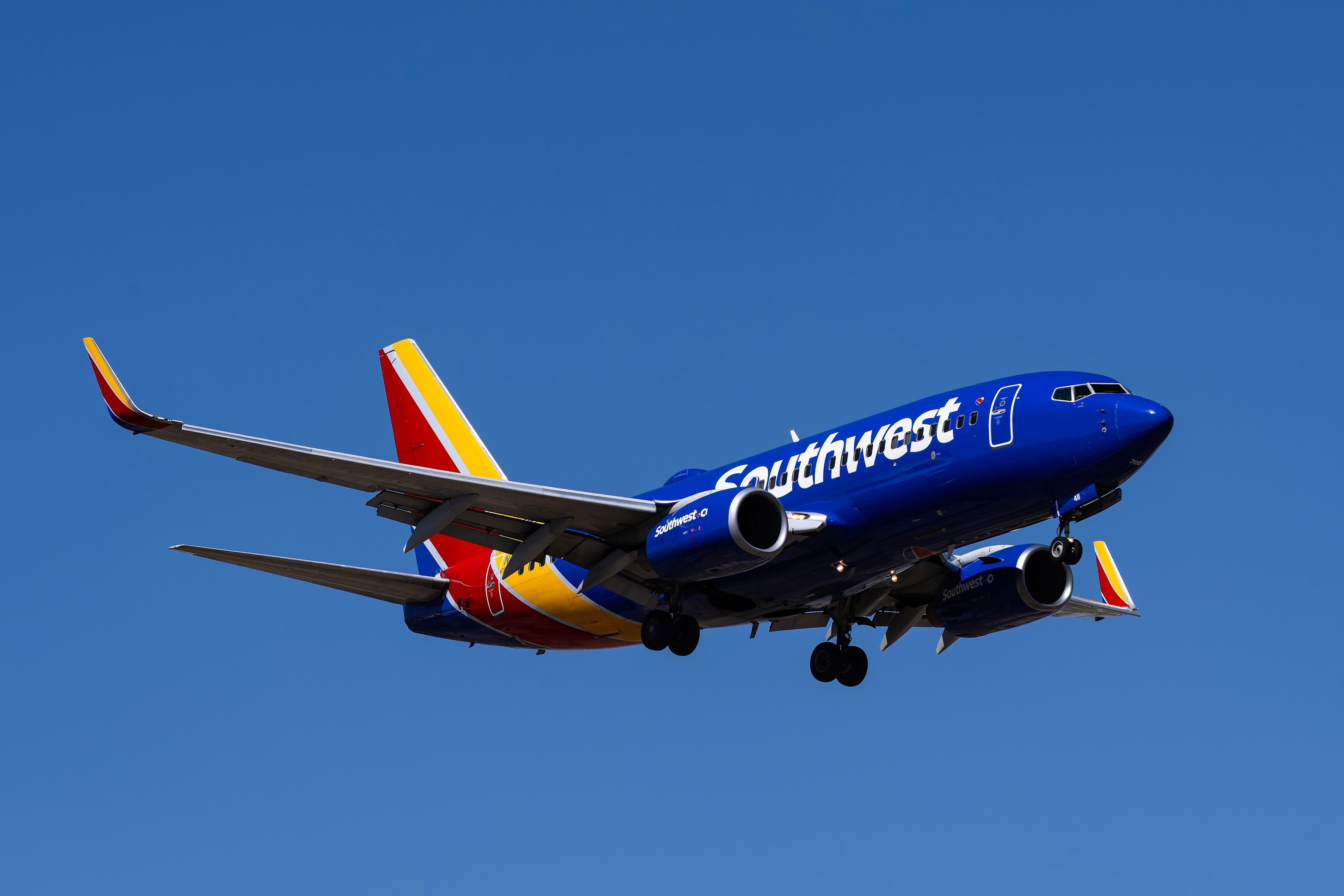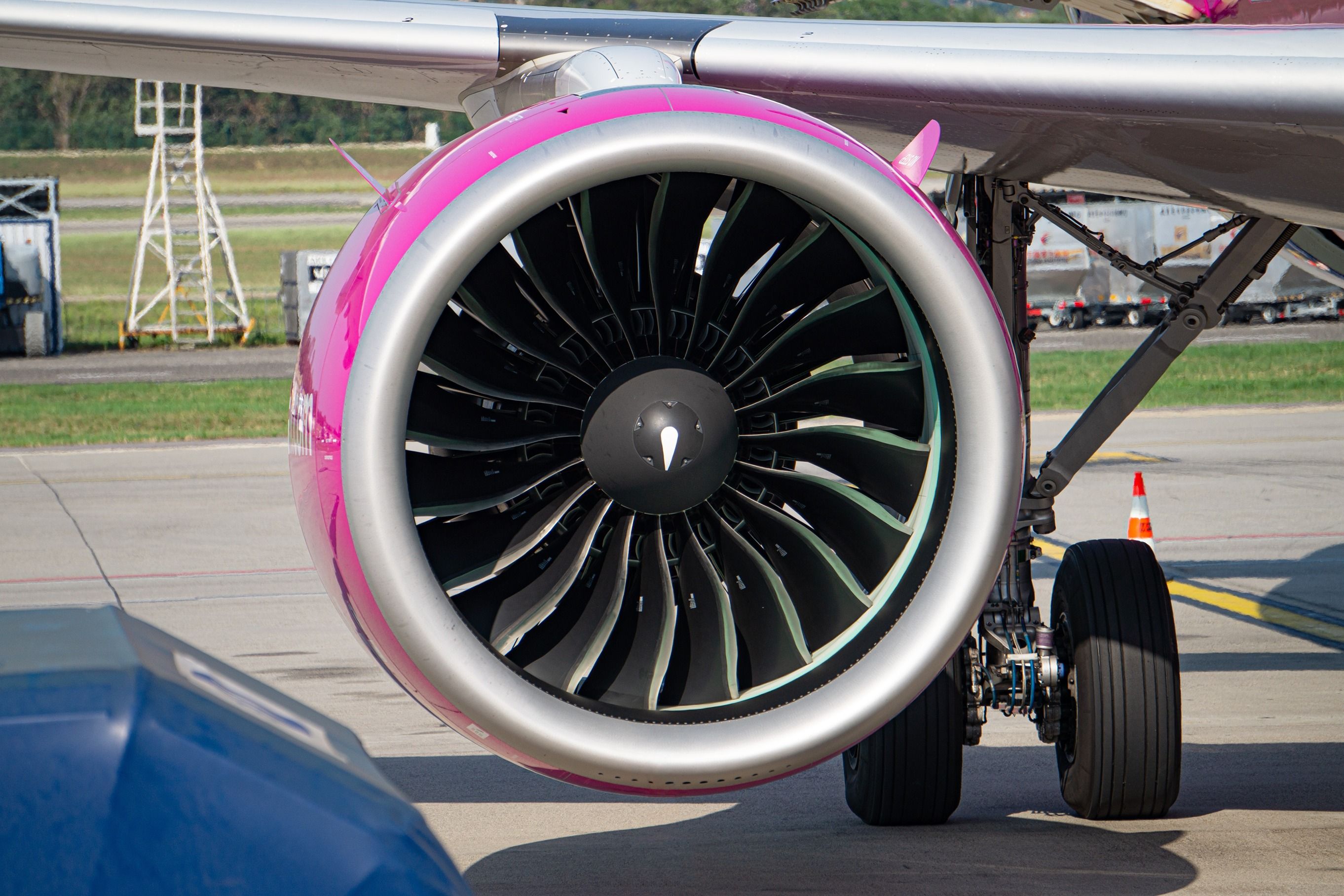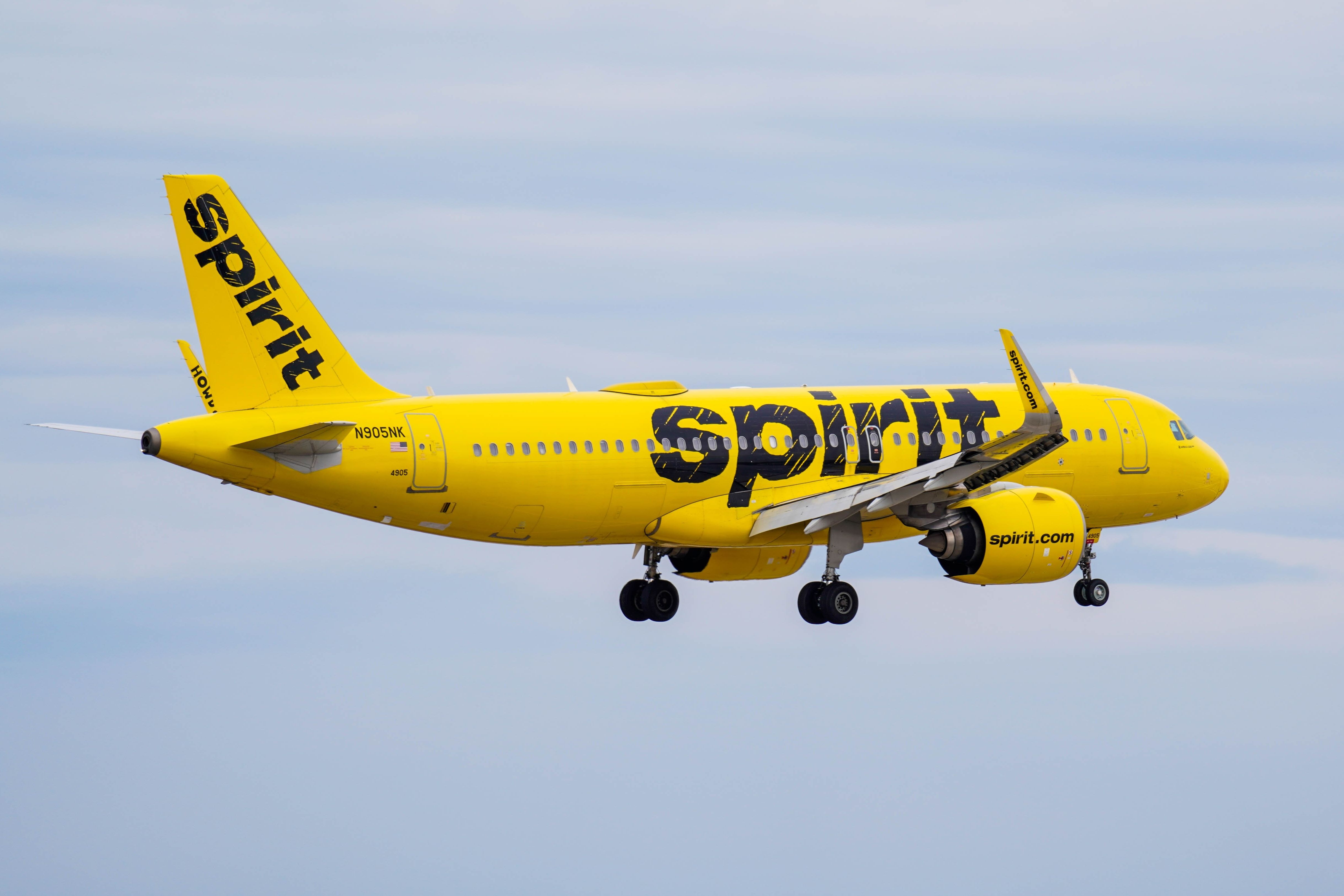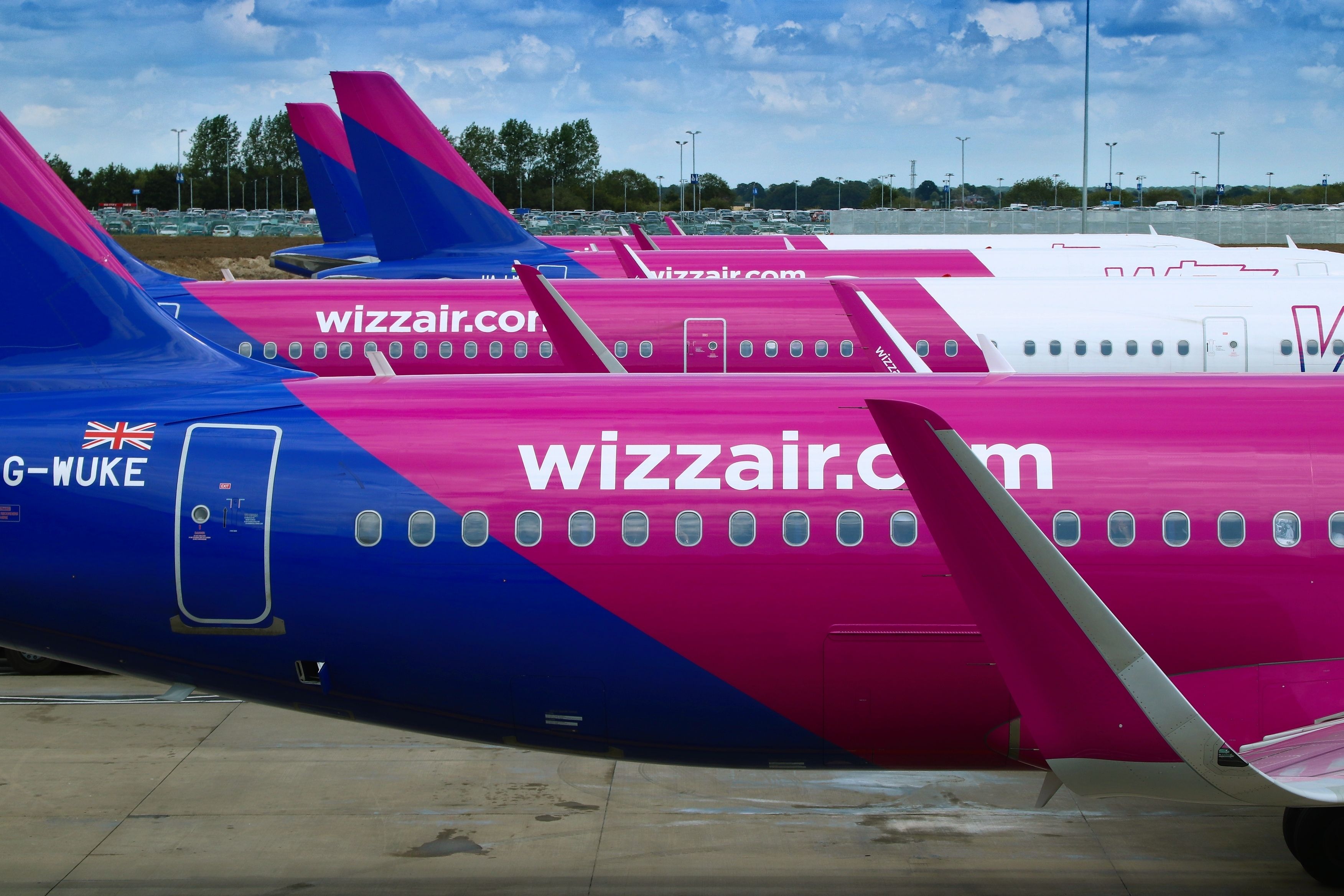Budget airlines across the globe have created unique business models that emphasize the role of cost minimization, as they streamline virtually every aspect of their day-to-day operations to lower individual costs as much as possible. Additionally, these carriers will go to extensive lengths to reduce their fixed costs, or the sunk costs of maintaining an airline, which includes, most notably, aircraft.
The importance of reducing operational costs is extensive for low-cost carriers, as their primary value proposition to customers is offering some of the lowest fares on the market. To offer these rock-bottom fares while also managing to turn a profit, these carriers will need to make sure their costs remain low, otherwise, their margins will deplete, and the airline’s financial fortunes will likely take a turn for the worse.
One of the most common examples of budget airline
cost-optimization, as is often cited by industry analysts describing low-cost models, is having a fleet that includes a single type of aircraft. Overwhelmingly, as budget airlines operate narrowbody aircraft typically, this usually means that budget airlines will have a fleet composed entirely of Boeing 737s or Airbus A320s.
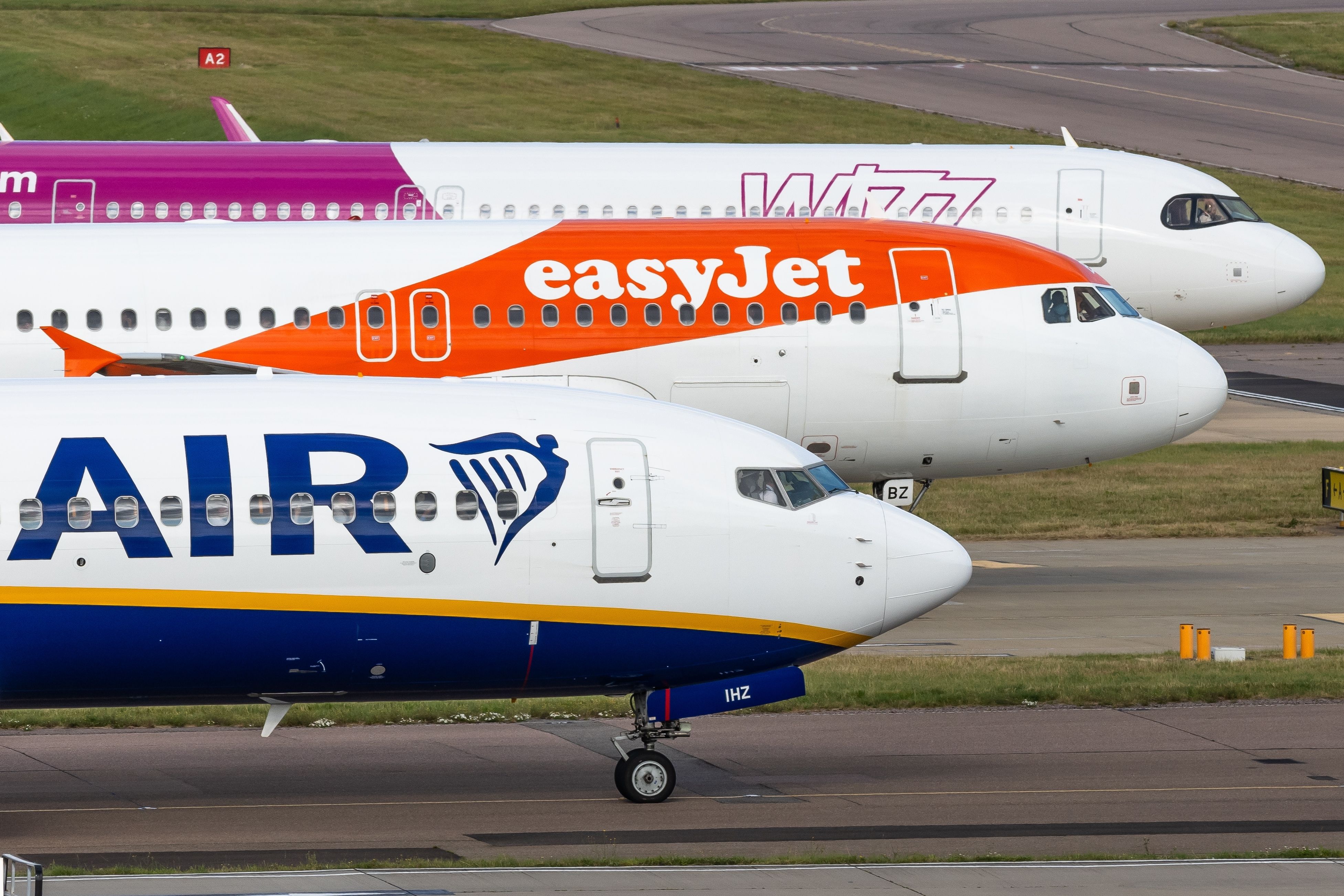
Related
Ryanair & easyJet Had Most Delayed Flights in Summer 2024: Mallorca Routes Worst
Ryanair and easyJet topped the list of airlines with the most delayed flights to and from the UK.
There are a few long-haul low-cost budget airlines that do exist, and they typically follow a similar model of fleet commonality, operating entirely with hyper-efficient Airbus A350 or Boeing 787 widebody jets. Let’s take a deeper look at why low-cost airlines operate fleets with typically just one kind of plane.
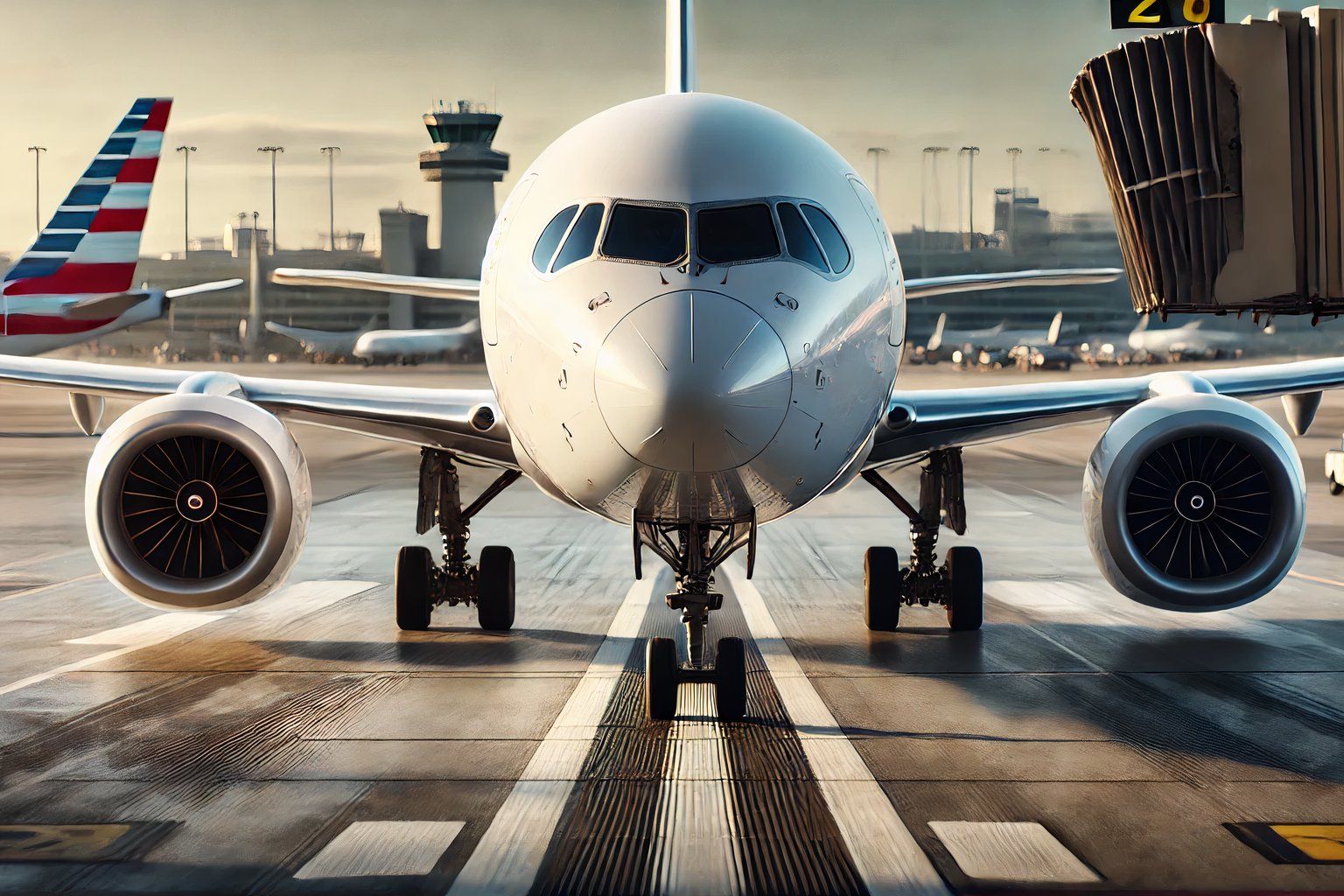
A deeper look at the advantages of single-type fleets
The strategy of having a single aircraft in a carrier’s fleet has already proven itself extensively, with airlines across the globe adopting these kinds of fleets over the years. Here are some examples of different low-cost carriers, and the narrowbody aircraft families which comprise their entire fleets:
|
Airline: |
Aircraft type operated: |
|---|---|
|
Ryanair |
Boeing 737 |
|
Southwest |
Boeing 737 |
|
IndiGo |
Airbus A320 |
|
Wizz Air |
Airbus A320 |
|
Spirit Airlines |
Airbus A320 |
|
easyJet |
Airbus A320 |
When it comes to purchasing aircraft, these airlines typically place massive orders for these jets, giving them immense power to negotiate bulk discounts for their fleets. Furthermore, airlines can also develop a relationship with a manufacturer over time, allowing them to further increase their negotiating power.
It is important to note that low-cost carriers are often looking to purchase the newest aircraft, which, despite having higher purchase prices, are the most fuel-efficient and thus the most affordable to operate. As a result, these airlines will look to acquire planes that give them the best value for their money, making bulk discounts a critical way to reduce the impact of high purchase prices.
Photo: Bradley Caslin | Shutterstock
There are some risks to keep in mind
According to OAG, however, there are some risks involved in this kind of fleet strategy, as airlines have relatively limited flexibility when it comes to making adjustments to their aircraft inventory over time. If something goes wrong with an aircraft family, an airline can face serious exposure.
Photo: Robin Guess | Shutterstock
This has occurred multiple times over the past few years, and multiple major low-cost carriers have been pushed into dire financial straits as a result. Spirit Airlines, which has continued to rely on the Airbus A320 family, has been forced to ground many of its aircraft due to problems with the Pratt & Whitney PW1000G Geared Turbofan (GTF) engine, a powerplant which has been plaguing the carrier for years now.
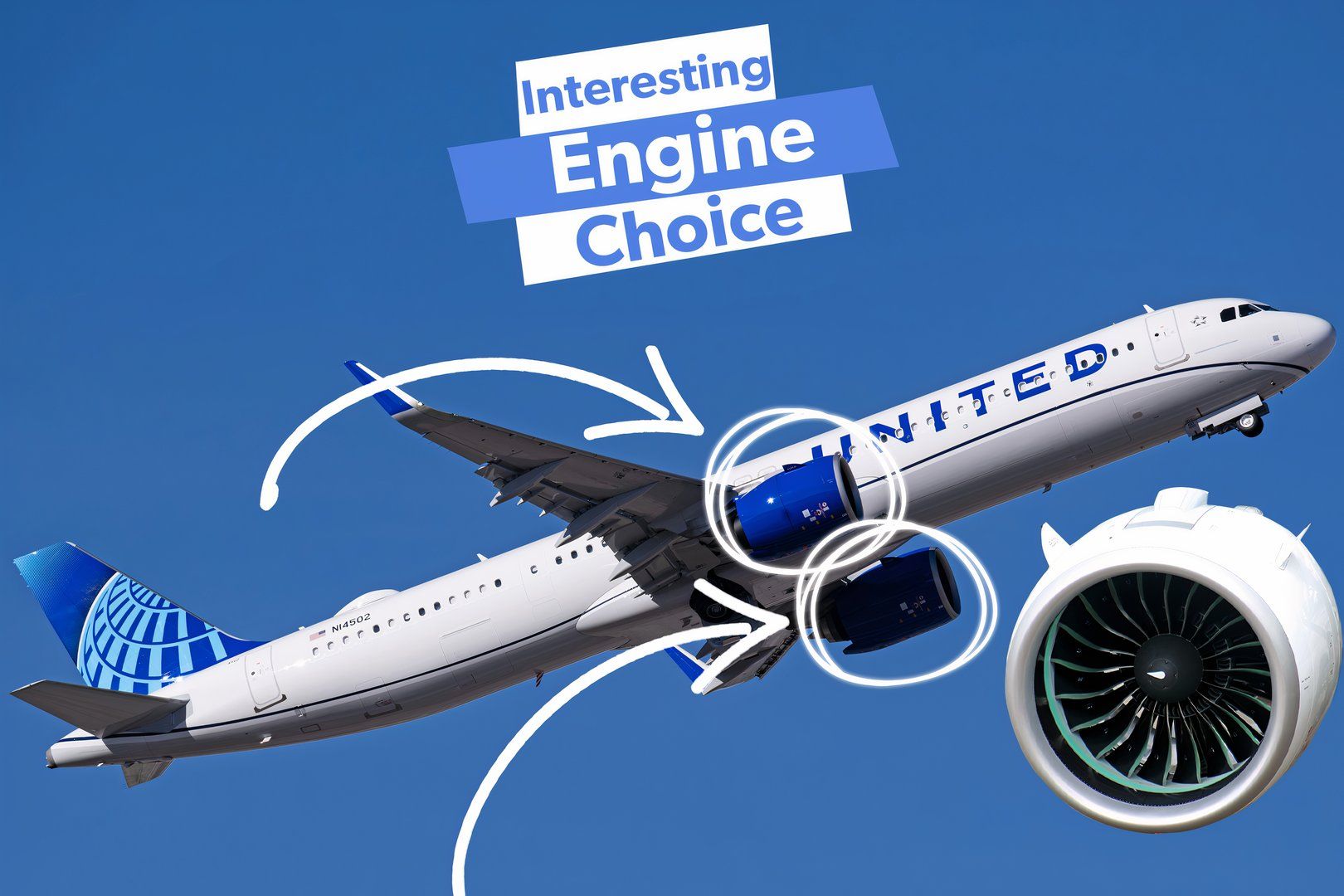
Related
Why United Airlines Chose Pratt & Whitney PW1000G Engines For Its Airbus A321neos
The American engine manufacturer gained an unexpected win at the Paris Air Show.
Southwest Airlines, among many others globally, was forced to ground their Boeing 737 MAX fleets for considerable periods in the late 2010s when two major crashes required the aircraft to be removed from service for safety purposes. Therefore, airlines must be very careful when deciding what major aircraft family they want to commit to.
Photo: AstroVictor | Shutterstock
Operating expense reductions can be significant
One of the principal reasons that low-cost carriers typically maintain fleets of a single aircraft type is that they can reduce their operational expenses significantly. Pilots, for example, will only need to train on a single aircraft type and will only be required to receive one type rating, reducing the costs to the airline.
Photo: MKPhoto12 | Shutterstock
Furthermore, crew costs will also be streamlined, as they too only need to receive the required safety training on one aircraft. Lastly, an airline can again completely integrate its maintenance operations, requiring mechanics to be trained on just one aircraft and spare parts only being needed for a single family. The Berkeley Economic Review, which analyzed Southwest’s single-aircraft fleet, indicates that this strategy allows airlines to reduce their costs across the board through economies of scale, something which has led carriers to continue using single-aircraft fleets over time.
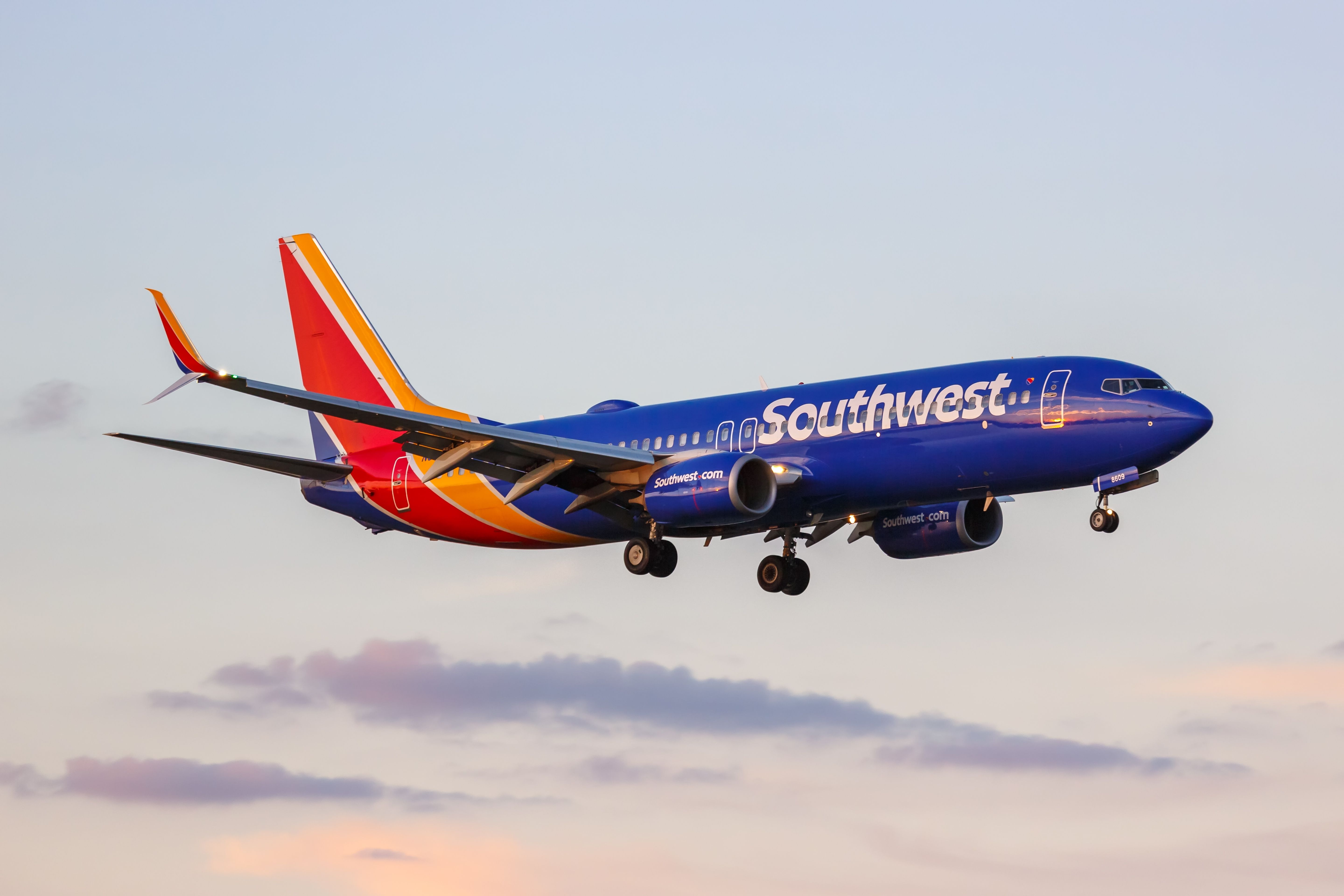
Related
Why Do Budget Airlines Have Status?
These carriers offer status to elite customers for different reasons than legacy airlines do.
There are again risks associated with lowering operating expenses through this kind of fleet
Carriers that choose to operate traditional fleets (with multiple types of aircraft) have a lot more options when it comes to meeting passenger demand on given routes. If airlines with multiple aircraft types notice an increase in passenger demand on a given route, they have a few different options:
- Fly a larger aircraft on a given route
- Fly two smaller aircraft instead of one large aircraft
- Fly both a large and a small aircraft at different times of day to better serve passenger demand
Budget airlines with single-type fleets have limited flexibility when it comes to increasing or decreasing demand on different routes. Their only option to add more seats to a given route is pretty much just to serve it with a second aircraft, removing the option to increase capacity by a smaller margin that most airlines can utilize.

